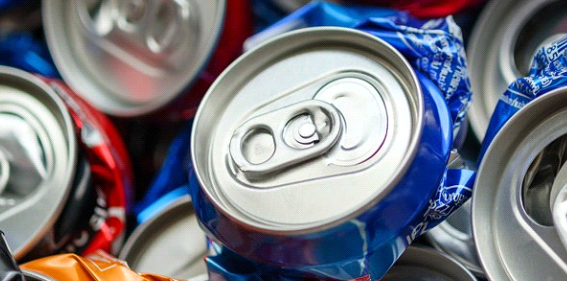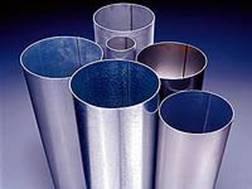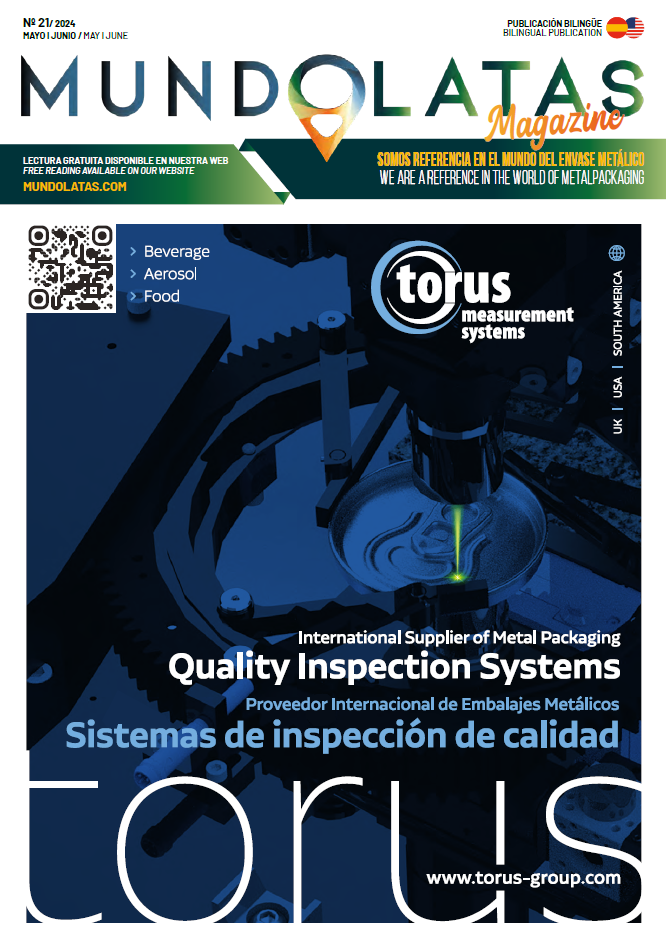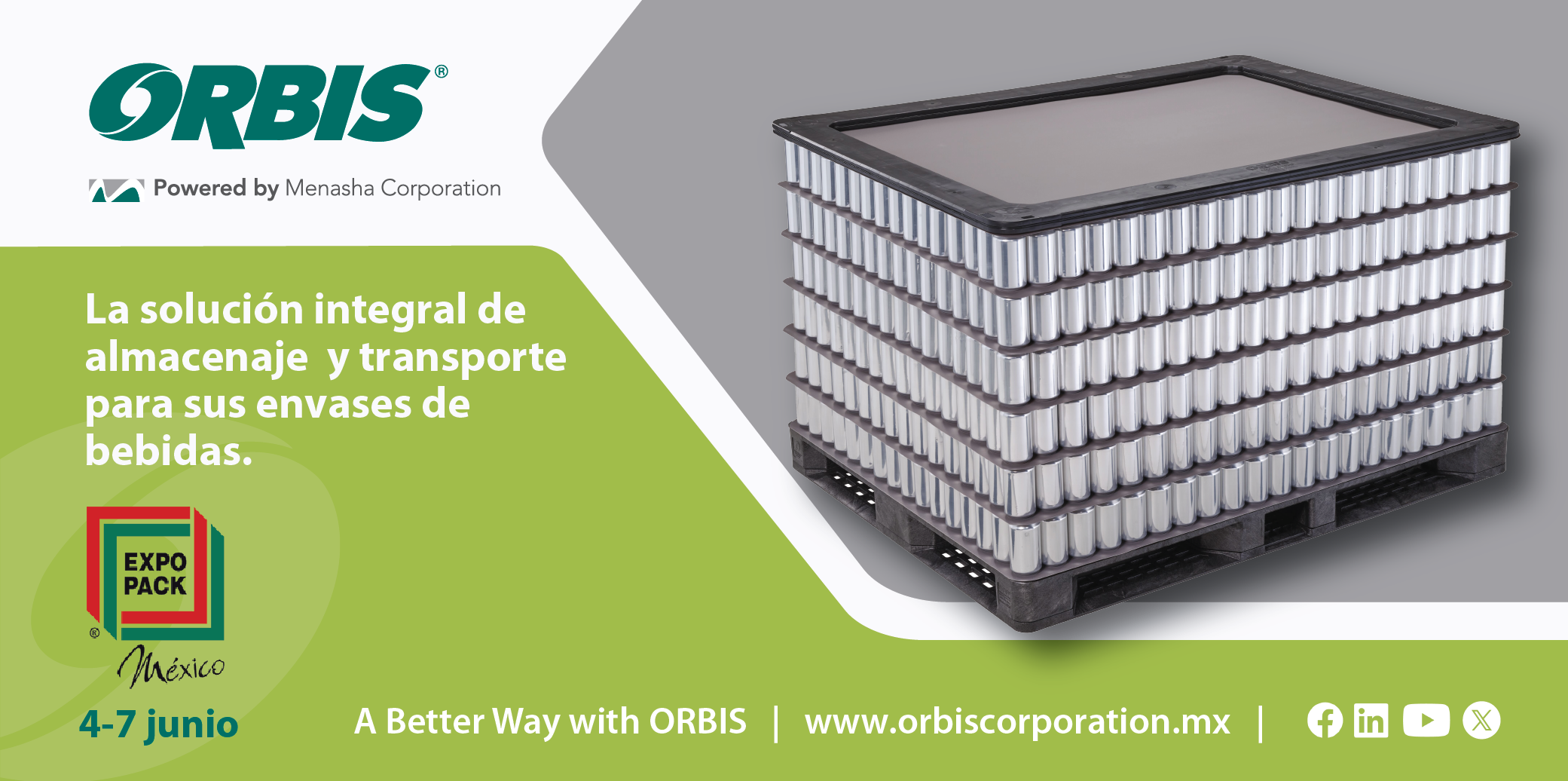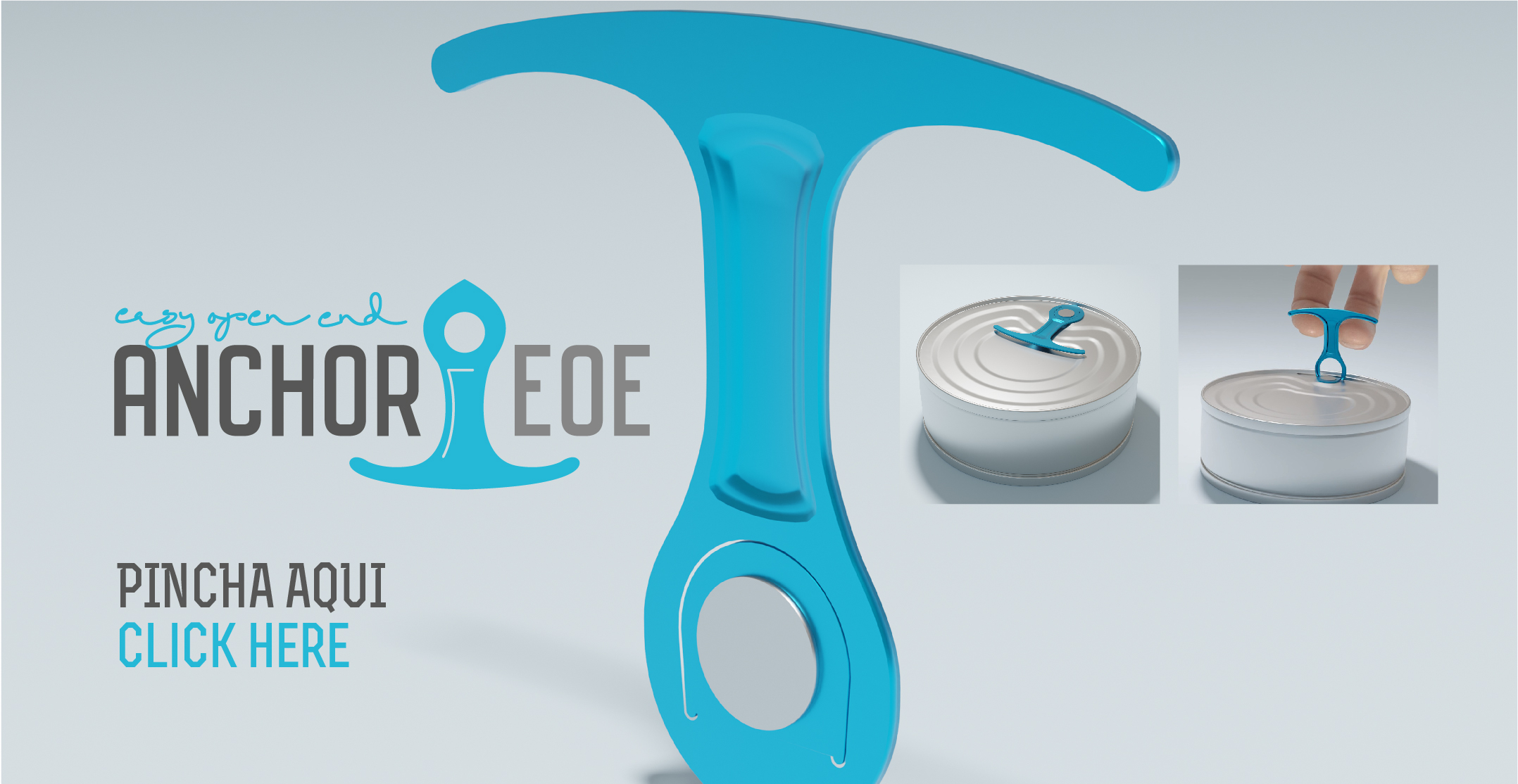Split Cans: A Comprehensive Analysis of a Common Can Defect
Introduction
In the can manufacturing industry, defects can significantly impact the production process, resulting in reduced efficiency, increased costs, and potential harm to the end consumer. One such defect is known as split cans. This article aims to provide an in-depth understanding of split cans, their causes, and potential solutions to address this issue.
What are Split Cans?
Split cans refer to a defect in which the can body has a visible tear or split, usually along the side seam or the body itself. This defect compromises the integrity of the can, making it unsuitable for holding its intended contents. In addition, split cans can lead to product contamination, leakage, and damage to the can’s overall appearance.
Causes of Split Cans
There are several factors that can contribute to the formation of split cans. Some of the most common causes include:
- Material Issues: The quality of the metal used in can production plays a crucial role in the formation of split cans. If the metal is too thin or has inconsistencies in its thickness, it may not withstand the stresses involved in the forming process, leading to splits.
- Forming Process: The can forming process, which includes cupping, drawing, and ironing, can introduce stresses on the metal, leading to splits if not properly controlled. Factors such as inadequate lubrication, improper die setup, or excessive pressure can contribute to the formation of split cans.
- Side Seam Formation: The side seam is a critical component of the can’s structural integrity. If the seam is not properly formed, it can lead to weak points in the can body, resulting in splits. Factors that can affect seam formation include improper welding, inadequate overlap, or poor alignment of the seam.
- Handling and Storage: Rough handling during the production process or improper storage conditions can also lead to split cans. Excessive pressure, impact, or abrasion can cause the metal to weaken and eventually split.
Troubleshooting and Solutions
To address the issue of split cans, it is essential to follow a systematic troubleshooting procedure. Here are some steps to identify and resolve the root cause of the problem:
- Inspect the metal quality: Ensure that the metal used in can production meets the required specifications for thickness, hardness, and surface quality. Replace any substandard material to prevent split cans.
- Review the forming process: Analyze the cupping, drawing, and ironing stages to identify any potential issues. Adjust the lubrication, die setup, and pressure settings as needed to ensure a smooth and consistent forming process.
- Examine the side seam: Inspect the seam for proper formation, overlap, and alignment. Address any issues with the welding process or seam alignment to improve the can’s structural integrity.
- Evaluate handling and storage practices: Implement proper handling procedures during the production process to minimize the risk of damage. Store cans in a controlled environment to prevent exposure to extreme temperatures, humidity, or other factors that could weaken the metal.
Conclusion
Split cans are a common defect in the can manufacturing industry that can lead to significant production losses and potential harm to the end consumer. By understanding the causes of split cans and implementing proper troubleshooting procedures, manufacturers can effectively address this issue and improve the overall quality of their products.

